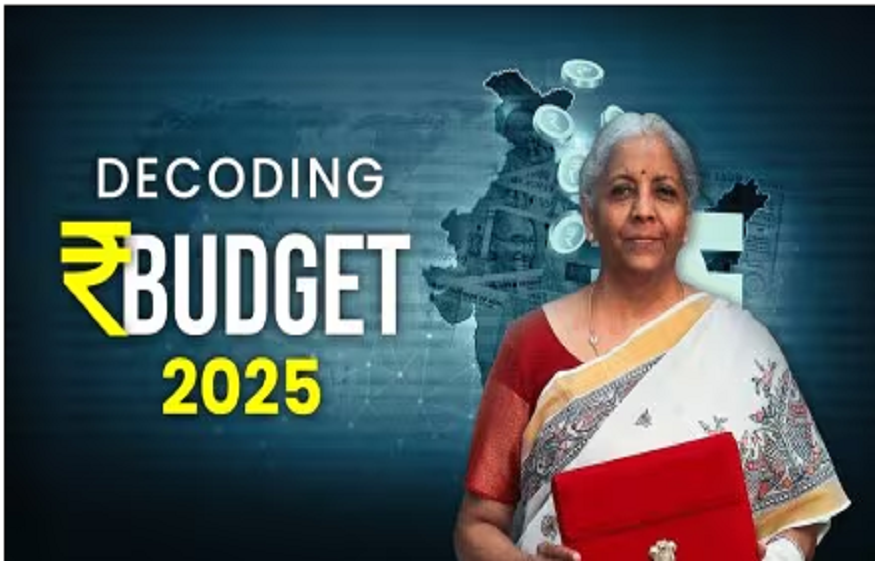The Union Budget 2025, unveiled by Finance Minister Nirmala Sitharaman, has elicited a spectrum of reactions, reflecting its multifaceted impact on India’s economic landscape. As the first full-year budget of Prime Minister Narendra Modi’s third term, it aims to balance immediate economic relief with long-term growth strategies. This article delves into the commendable initiatives, areas of concern, and potential pitfalls of the budget. All the budget component have been considered and defined below in three segments.
The Good
- Tax Reforms Favoring the Middle Class
A significant highlight is the substantial relief provided to the salaried middle class. The income tax exemption threshold has been elevated from ₹8.07 lakh to ₹14.8 lakh, aiming to boost household consumption and savings. This move is anticipated to invigorate domestic demand, providing a much-needed stimulus to the economy. - Agricultural Advancements
The budget underscores a commitment to the agricultural sector. The introduction of a high-yield crop program targets 17 million farmers, aiming to enhance productivity and ensure food security. Additionally, the establishment of a Makhana Board in Bihar reflects a focus on region-specific agricultural development. - Investment in Research and Innovation
Recognizing the importance of innovation, the government has allocated ₹20,000 crore to implement a private sector-driven research, development, and innovation initiative. Furthermore, the PM Research Fellowship aims to provide ten thousand fellowships for technological research in premier institutions like IITs and IISc, fostering a culture of scientific inquiry and development.
The Bad
- Limited Structural Reforms
Despite the positive measures, the budget has been critiqued for its lack of substantial structural reforms. Analysts express concerns over the absence of a clear strategy to achieve high growth rates, especially with GDP growth projected to slump to 6.4% from the previous 8.2%. There is a call for deeper reforms in agricultural markets, labor laws, and business regulations to foster sustainable long-term growth. - Modest Capital Expenditure Increase
While there is an increase in capital expenditure, some sectors have expressed disappointment over the modest hikes. Infrastructure stocks, for instance, faced declines due to perceived insufficient capital spending. Companies like Larsen & Toubro experienced a dip, reflecting market sentiments that the budget could have been more aggressive in infrastructure investment.
The Ugly
- Potential for Economic Stagnation
The budget’s focus on short-term economic relief, such as tax cuts, without accompanying significant reforms, raises concerns about potential economic stagnation. The lack of a clear roadmap for long-term growth could lead to reduced investor confidence and a slowdown in economic momentum. - High Subsidy Burden
The continuation of substantial subsidies, particularly in food and fertilizers, while essential for social welfare, poses a challenge for fiscal consolidation. The subsidy allocation is projected to remain significant, which could strain the fiscal deficit and limit the government’s ability to invest in other critical areas.
In conclusion, the Union Budget 2025 presents a blend of commendable initiatives aimed at immediate economic relief and areas where more decisive action could have been taken to ensure long-term prosperity. While the tax reforms and focus on agriculture and innovation are steps in the right direction, the absence of substantial structural reforms and the potential fiscal challenges warrant cautious optimism. The true impact of the budget will unfold as these policies are implemented and their effects permeate through the economy.



